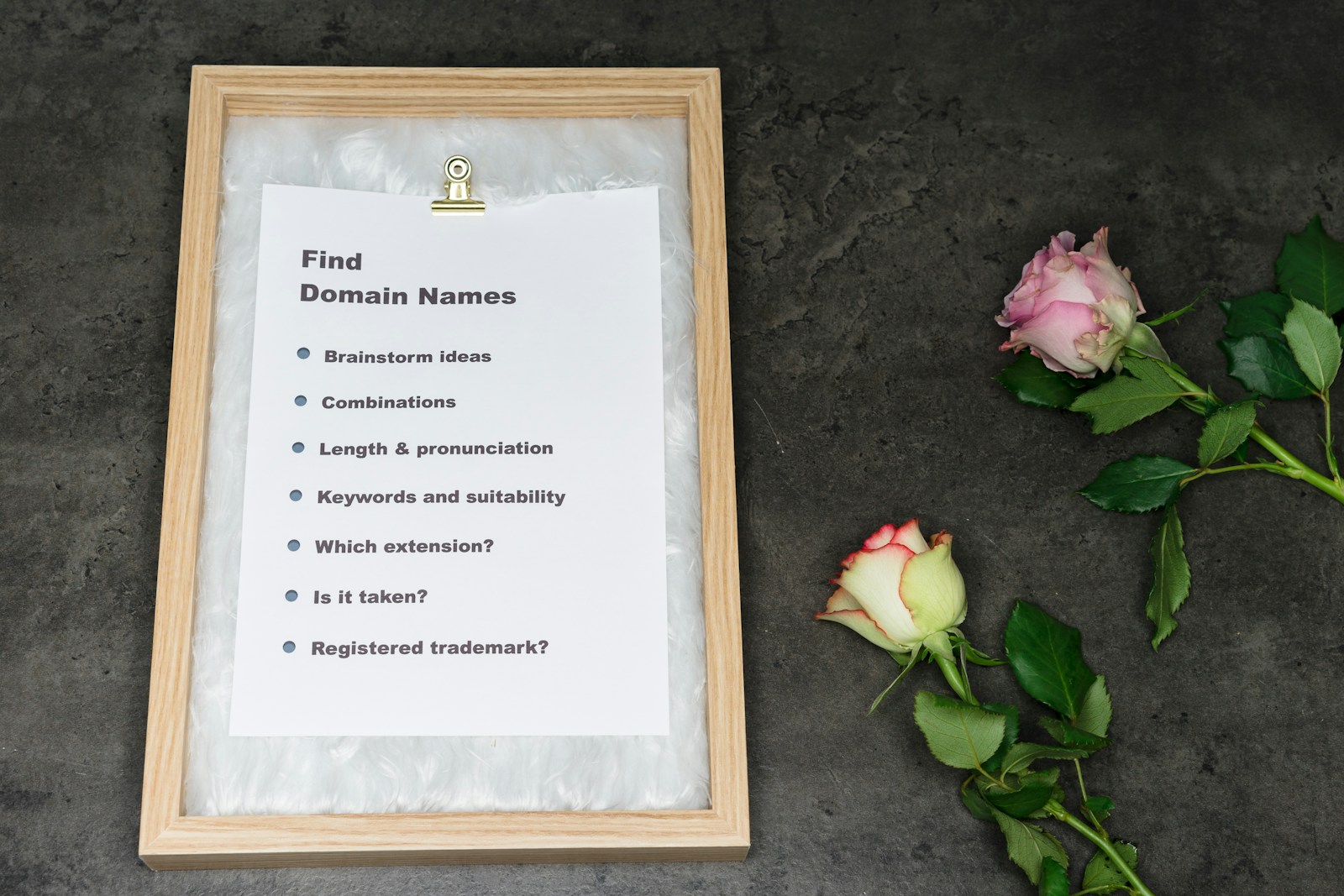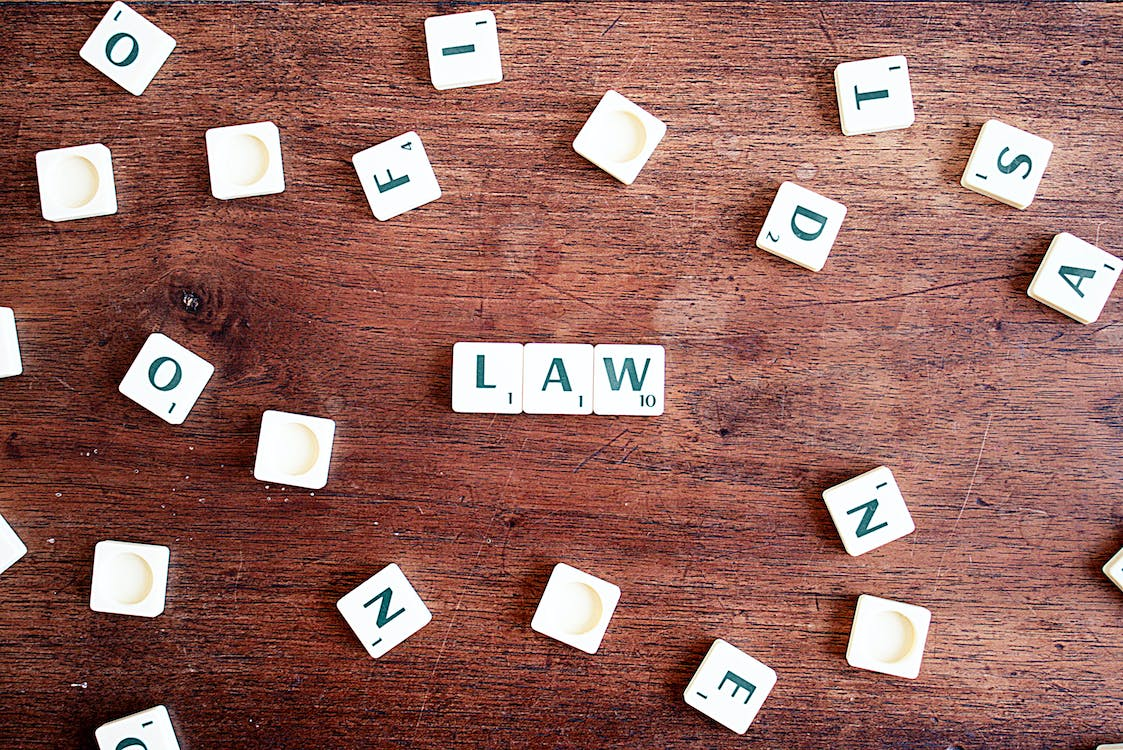Storing items for the long term can be an essential solution for a variety of situations, such as moving to a new home, downsizing, or simply decluttering your living space. However, improper preparation can lead to damage and deterioration over time. Here are the best practices to ensure your belongings stay in pristine condition during their time in storage.
Choosing the right storage facility
The first step in preparing your items for long-term storage is selecting the right storage facility. Not all storage units are created equal, and finding one that meets your specific needs is crucial. Climate-controlled units are highly recommended, especially if you’re storing items sensitive to temperature and humidity changes, such as electronics, wooden furniture, and important documents.
Moreover, security should be a top priority. Look for facilities that offer robust security measures like surveillance cameras, gated access, and on-site staff. A well-secured facility will give you peace of mind, knowing that your belongings are safe.
Cleaning and drying everything thoroughly
Before packing your items away, it is essential to clean and dry everything thoroughly. Dirt, dust, and moisture can cause significant damage over time, leading to mould, mildew, and pest infestations. For fabric items, using vacuum-sealed bags can help remove air and further protect against moisture.
Ensuring that all items are completely dry is particularly important because even small amounts of moisture can lead to serious damage. This step is especially crucial for items like clothing, upholstered furniture, and books.
Disassembling large items
If possible, disassemble large furniture pieces to save space and reduce the risk of damage. This approach not only makes packing more efficient but also helps protect the items from potential harm. Keep all screws, bolts, and small parts in labelled bags attached to the corresponding item. This practice ensures nothing gets lost and makes reassembly much easier when the time comes to retrieve your items from storage.
Using quality packing materials
Investing in high-quality packing materials is crucial for protecting your belongings. Sturdy boxes, bubble wrap, and packing tape are essential for safeguarding your items. Avoid using old or used boxes, as they may not be strong enough to offer adequate protection.
For delicate items, using padding such as foam peanuts or bubble wrap is vital to prevent breakage. Taking the time to pack your items properly will pay off in the long run by preserving their condition.
Labeling and inventory
Clearly labeling all boxes with their contents and the room they belong to will make finding specific items much easier. Consider creating an inventory list to keep track of everything in storage. This list can be invaluable when you need to locate something specific without having to rummage through multiple boxes. An organised approach to labelling and inventory can save you time and frustration.
Strategic packing
Packing your items strategically is essential to ensure they remain in good condition. Place heavy items at the bottom of boxes and lighter items on top to avoid crushing. Using uniform-sized boxes can make stacking easier and more stable. Fill any gaps in boxes with padding to prevent items from shifting during storage. Proper packing not only protects your belongings but also maximises the available space in your storage unit.
Protecting sensitive items
Sensitive items such as electronics, photographs, and important documents require extra care. Anti-static packaging is recommended for electronics to protect against static electricity, which can cause damage. Storing photographs and documents in acid-free containers helps prevent deterioration over time. If possible, place these sensitive items in climate-controlled storage to shield them from temperature fluctuations and humidity.
Planning your storage layout
Planning the layout of your storage unit can make a significant difference in accessibility and space utilisation. Place items you may need to access frequently at the front of the unit. Stack boxes and larger items towards the back and leave a clear pathway to navigate the unit without having to move multiple items. This thoughtful approach ensures you can find what you need with minimal effort.
Properly preparing your items for long-term storage involves a combination of choosing the right facility, thorough cleaning, strategic packing, and careful organisation. By following these best practices, you can ensure that your belongings remain safe and in good condition throughout their time in storage. Taking the time to do it right will give you peace of mind and make retrieving your items a smooth and hassle-free experience.






